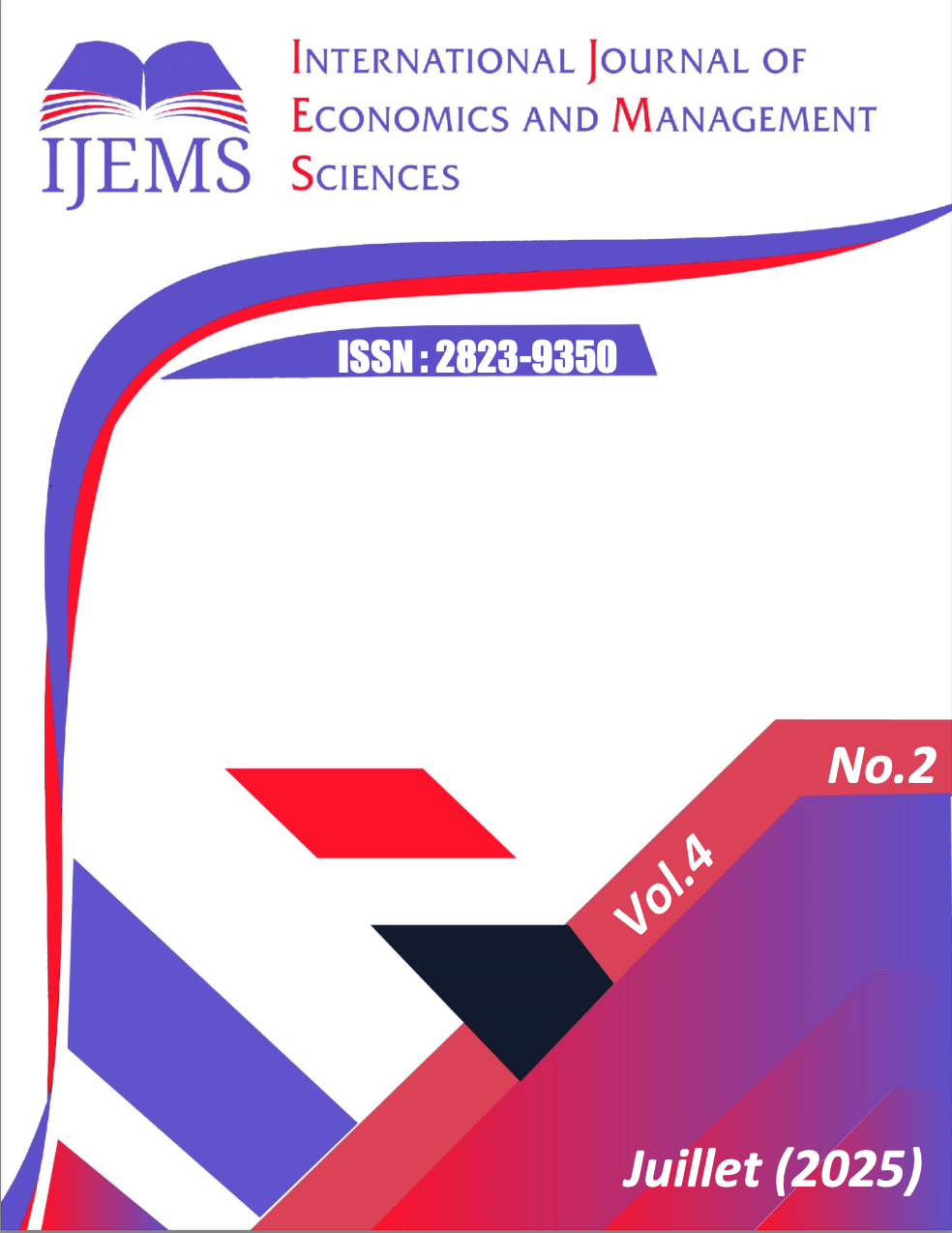Optimization of Money Management by Stochastic Control: Theoretical Foundations and Practical Applications
Mots-clés :
Stochastic control, Money management, Dynamic optimization, Jump models, Portfolio managementRésumé
In a financial environment marked by increasing uncertainty and market complexity, the optimization of money management through stochastic control is emerging as a robust and adaptive approach to dynamic capital management. This article presents a comprehensive review of stochastic models commonly used to model financial asset dynamics, including geometric Brownian motion, jump processes and Lévy processes, as well as associated optimization methods such as expected utility maximization, risk minimization, and dynamic programming via the Hamilton-Jacobi-Bellman equation.
We then illustrate the concrete application of these tools in several financial contexts: pension fund management, commodity trading companies and algorithmic investment strategies. The analysis highlights the advantages of stochastic approaches in terms of flexibility, adaptability and risk control, while discussing their practical and theoretical limitations.
Finally, the article opens up promising perspectives towards the integration of machine learning techniques and environmental, social and governance (ESG) criteria for more efficient and responsible finance.


















